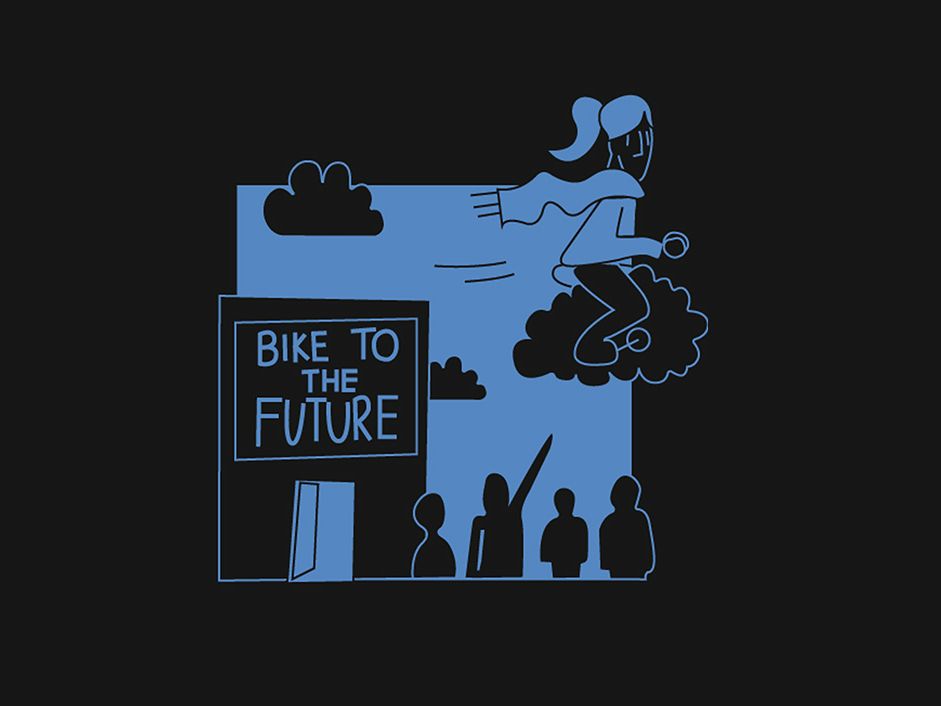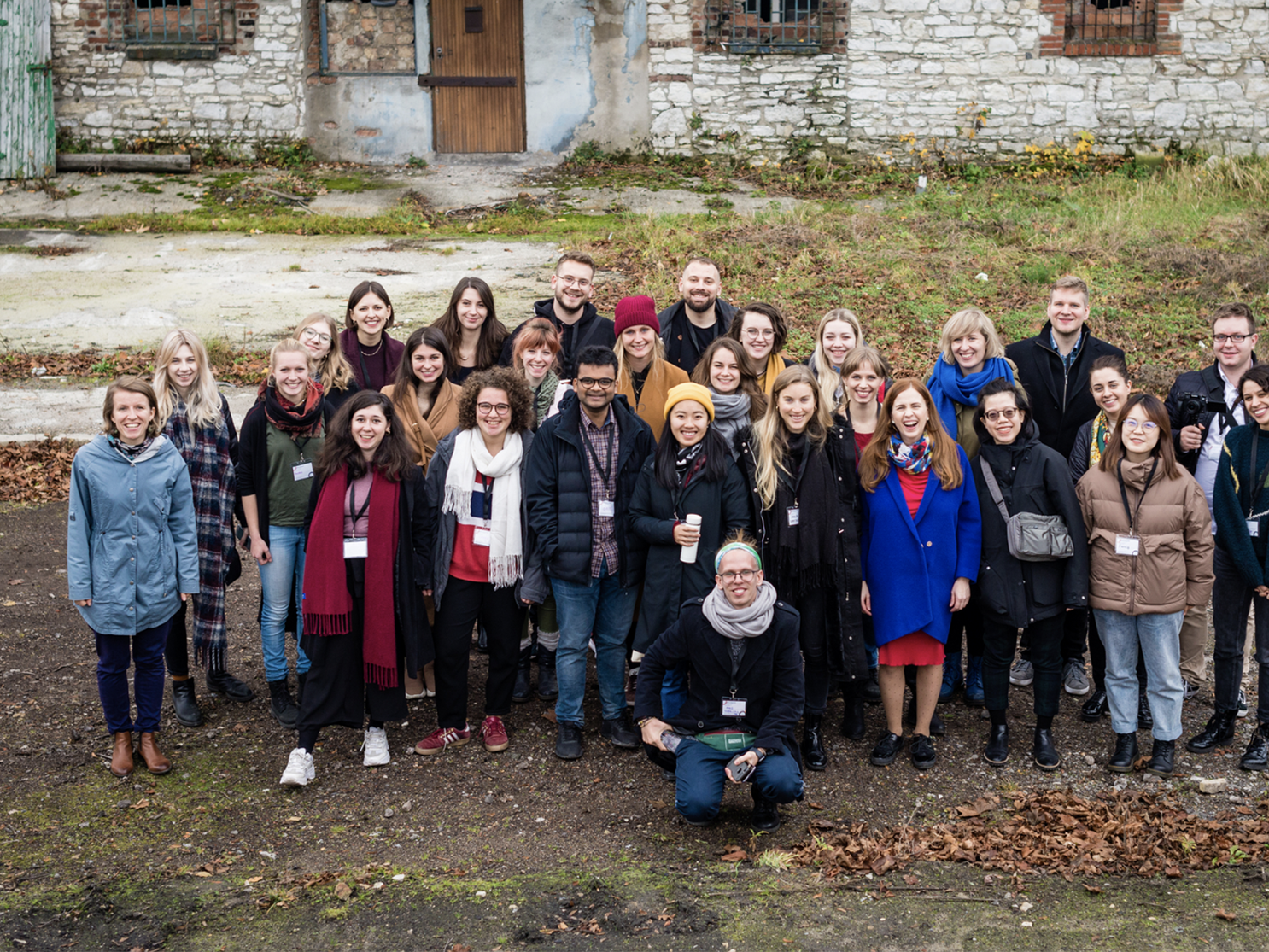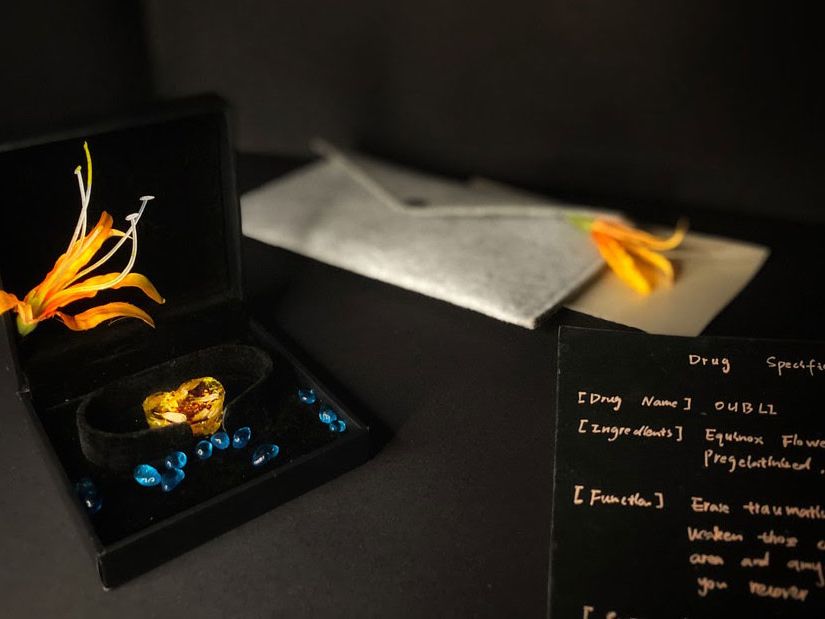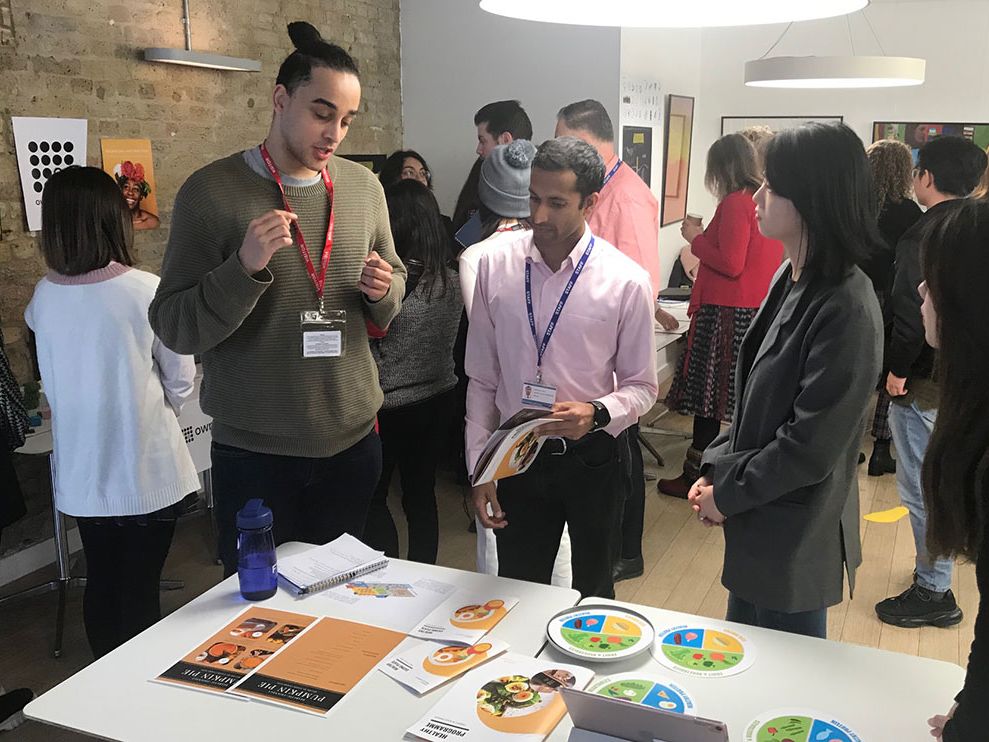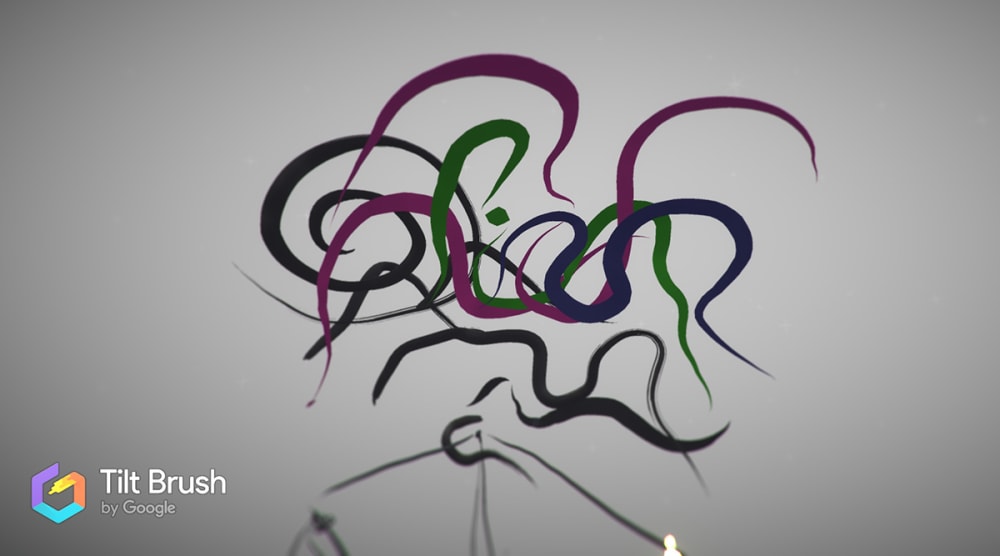
MA Design for Social Innovation and Sustainable Futures students develop participatory futures workshops
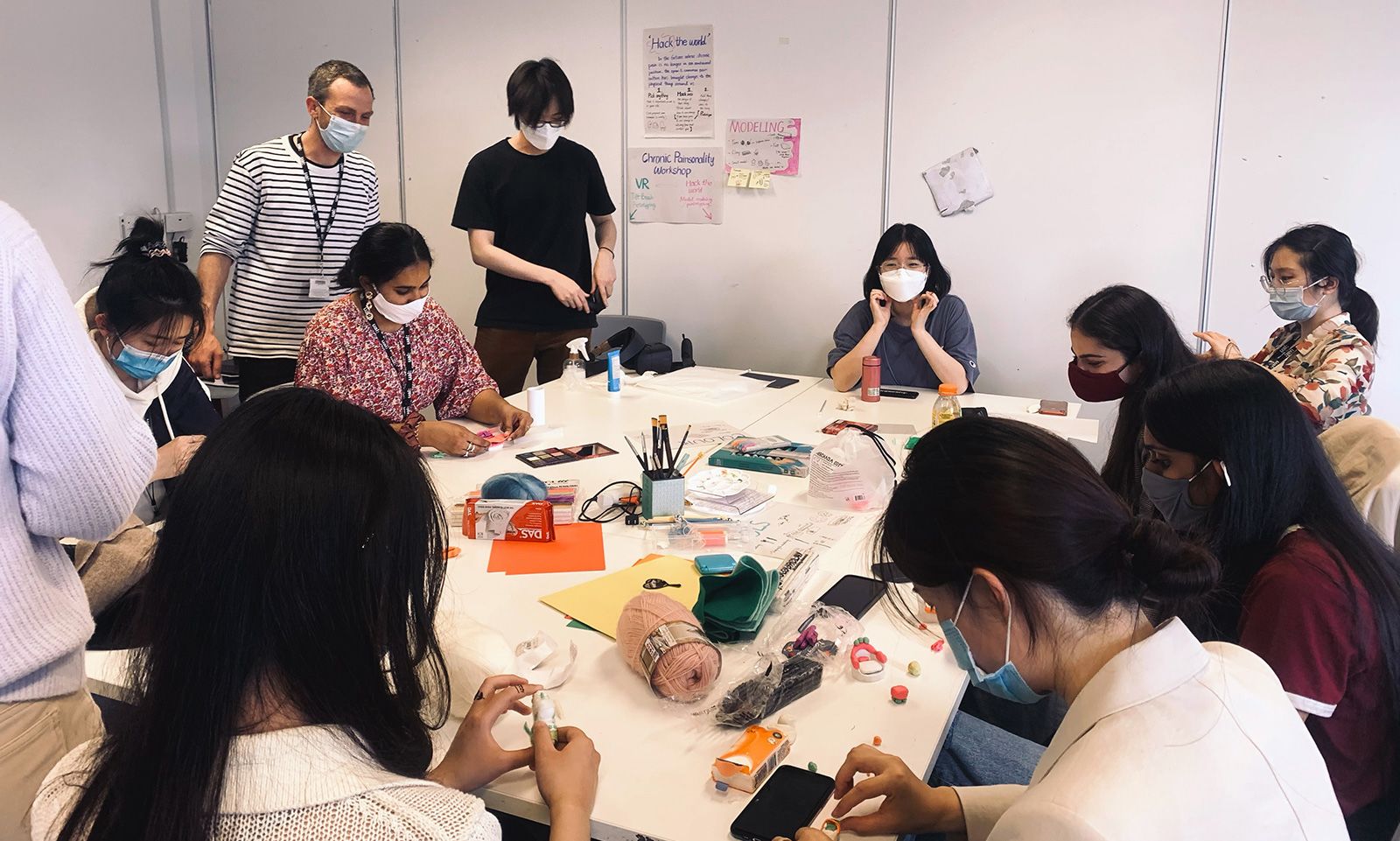
- Written byChloe Murphy
- Published date 23 August 2021

Creativity not only gives us the tools we need to shape the world around us, but also to respond to some of its most significant problems. As we face an increasing number of complex social, cultural and ecological challenges, there’s a greater need for innovative and empathetic approaches that mark a shift from the tradition of what may have come before.
At London College of Communication (LCC), our MA Design for Social Innovation and Sustainable Futures course explores the future of design practice and its interdependence with broader eco-social concerns. Home to designers from a wide range of backgrounds, it encourages creatives to consider their disciplines in relation to the global systems they inhabit, and supports them to generate exciting new approaches that harness collective action and spark real-world change.
In Spring 2021, students were given the opportunity to consider how audiences can be supported to understand transformative principles through their Co-Design for Sustainable Futures unit. Working in groups, they each chose 1 of 6 key concepts – plurality, nurture, mischief, collectivism, dissent or radical hope – before planning their own hour-long experiential workshops grounded in imagined future scenarios. The Student Takeover then invited participants to investigate, interrogate and play their way through activities that aimed to inspire original thinking in ways that could shape the development of current methodologies. Following this, many students were also inspired to develop their own projects and workshops in order to develop their skills as thinkers and practitioners.
Exploring the potential offered by participatory futures is a key element of MA Design for Social Innovation and Sustainable Futures at LCC. With a focus on more democratic and inclusive ways of achieving collective goals, the technique involves the use of alternative and emerging methods that aim to bring a greater range of voices and communities together.
We chatted to Meghna Chatturi and Xingyi He about their experience of taking part in the Co-Design for Sustainable Futures unit: from sourcing inspiration and the process of practical development to the highlights of making their ideas a reality.

Tell us about your creative background – what are the major aims of your work as a practitioner?
Meghna: I consider myself to be a social innovator and creative changemaker. I started my career as a communication designer, and while I absolutely loved helping brands build their identities and personalities through their branding, packaging and communication, I grew interested in exploring a space where design could facilitate change, and where designers could encourage more positive and desirable outcomes.
Even during my undergraduate degree, I had a desire to explore how my practice could be used to influence social and environmental change. This took the form of many different projects - like creating 100% reusable packaging for a luxury wine brand to reduce waste, and developing interactive campaigns around mental health and animal welfare. One of my projects even explored how parents and guardians could easily and appropriately talk to children about topics like race, gender, consent and body positivity. I designed fun and simple poetry and games that could encourage conversation about topics that otherwise might be difficult and confusing to bring up.
Xingyi: Generally, DIY, storytelling, system thinking, inclusive design and speculative design are the key words for me.
I majored in industrial design during my undergraduate studies, where I practiced basic skills like design processes, research, evaluation, prototyping and making. I was exposed to a range of implementation methods, and although I’m still finding my direction, I’ve been able to discover my own design characteristics through these practices. I’ve worked on several projects which have focused on translating an issue into a gentle behaviour trigger, and have also tried to prototype and make things with methods like writing, illustration, stop motion, Augmented and Virtual Reality (AR and VR), web development and Arduino interactive models.
I always have dynamic pictures happening in my brain – a bit like storyboards or montages, so storytelling and user journeys are usually important parts of my work. I like to imagine and immerse myself into scenarios in order to find sophisticated emotions or action touch-points. Asking ‘why’ is an important engine that drives me forward, and I enjoy the process of finding my position by constructing a solid path of logic, which has developed my interest in speculative design.
As a sufferer of chronic pain, I’ve explored topics similar to my experiences through areas like sustainable communities, the ageing population, children with cerebral palsy, and now, chronic pain ecology. I also tend to reflect on the relationships between what we consider to be human and ‘nonhuman’, and our assumptions towards others as visual animals. I aspire to be a designer who can use my empathy and skills to inspire other people’s lives, and support them through their interactions with the real world.
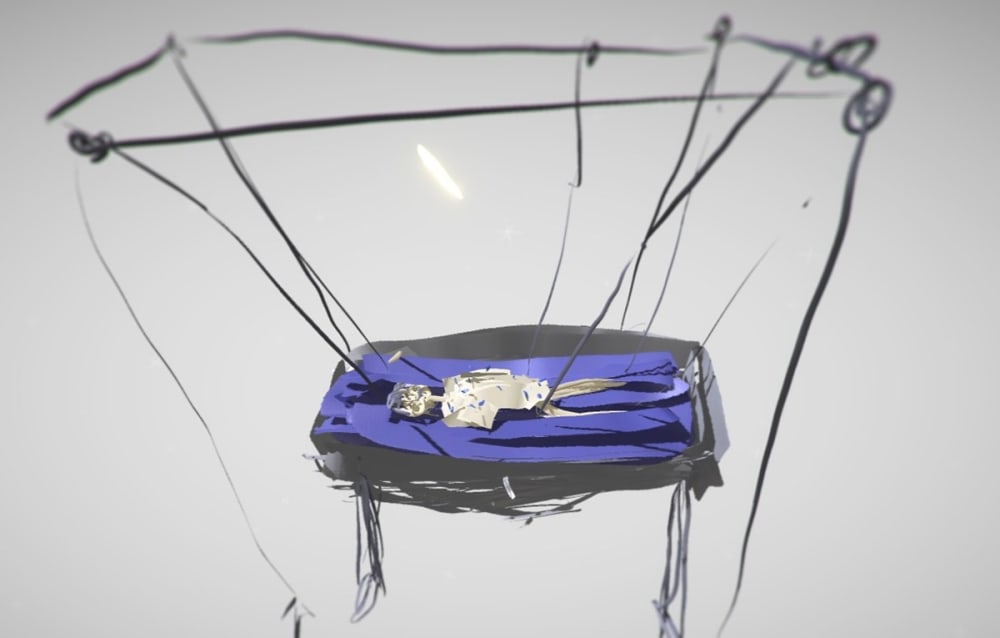
Why did you decide to apply to MA Design for Social Innovation and Sustainable Futures at LCC?
Meghna: Throughout my undergrad, design gradually began to grow from something that I’d gotten into because of my love for art and expression to something that allowed me to really take a stand and facilitate change in a sensitive, thoughtful and considerate manner.
When I found out that UAL offered an MA in Design for Social Innovation and Sustainable Futures, I almost immediately knew that it was what I wanted to pursue. The course perfectly described the kind of work that I as a designer wanted to associate myself with, and the kind of work I was passionate about. It was extremely exciting to find a class full of wonderful coursemates and tutors who shared a similar sense of compassion, and who were interested in understanding and improving the many layers of our complex societies while exploring how we can inspire change - no matter how big or small.
As a class, we’ve been able to look at things like at how we could assist ex-offenders to re-enter society, reimagine how we perceive ageing and ageing care, consider how people could be supported and empowered to speak up under difficult circumstances, and many other sensitive and crucial aspects of our everyday lives.
Xingyi: In previous projects, every time I explored an issue, I discovered that it was always related to a more complex social network, but I didn’t always have the room to research further. When graduating last year, I began to think about the direction I was interested in. I felt that care for social issues was a beacon of change-making, and also found that both sustainability and self-sustainment were important parts of projects - not only relating to the material, but also to emotional pleasure and the impact it has on people.
The roots, psychology and culture behind different perceptions and behaviours fascinated me a great deal, and the ability to match my professional skills with people's needs and habits kindled my enthusiasm. This marked the beginning of my decision to formally learn more about how to adopt different design skills with the empathy to promote change-making. I wanted to learn and explore in my own way to communicate impact and value.
Considering that the MA is a relatively new course, I thought there might be pros and cons, but also that its freshness could motivate my communication, reflections and chances to bring in mutual efforts through collaboration.
Innovation design usually involves a more complex system instead of a separate group of people, and this complexity can overwhelm any single person. I wished to find a community where we could discuss the issues we’re concerned about and get feedback. In fact, the exhibition of our Co-Design unit was a chance for my fellow students and I to turn our ideas into reality through our mutual effort and passion. I’ve also been able to play a small part in the steering group, which was a valuable and interesting experience.

What inspired your workshop idea, and what did you aim to achieve?
Meghna: Earlier this year, we explored an exciting week of student-run workshops across topics like Radical Hope, Mischief, Dissent, Nature and Plurality. We were free to explore each of the areas in a manner that spoke to us, creating a narrative and workshop around what we as a group wanted to communicate while generating discussions with our peers.
My group (Cecilia, Marie, Monirah, Orry, Shreni, Tejasv and myself) worked with the topic, Nurture. We decided to call our workshop In Pursuit of Empathy, because when we all thought about the concept of nurture, we agreed that empathy was the root of it – for to nurture is to care, and to care is to empathise, support and love.
Xingyi: I was inspired to develop my workshop after getting involved with the Student Takeover sessions. Our workshop idea was the result of several iterations of exploration, and the key effect we wanted to highlight is the contrast in the combination of familiar daily things and unusual characteristics resulting from chronic pain.
One of our key aims was to show the wide impact and diversity of chronic pain, and how that pain, with blurred boundaries, can influence aspects that you might not even imagine. We wanted to challenge the assumption that everyone should be fully able, and to remind people that chronic pain has a much wider and deeper impact on both the sufferer and ecology.
We were able to communicate with tutors and interviewees throughout our primary research stage to get feedback and inspiration, and began to develop our idea that chronic pain could be as different as a person’s personality, which later influenced the title of our project: Painsonality. We explored what we wanted from our participants, and how we could engage them before carrying out our workshop. We also decided that part of our output would be a series of objects offering windows to our world.
We finally felt confident about carrying out a co-design workshop when an idea came to me from a draft sketch of everyday objects. Perhaps our participants could intuitively use materials like colour pens to modify models – adding to the original sketch, picking, deconstructing or building on things? We used the practice of a ‘substitute’ trigger to help us imagine what could happen if we replaced the culture gene of current common things with chronic pain characteristics. So, we introduced our background story, where the pain people carry has already become part of the common identity, and asked participants to pick an important thing in their life and think about how they would like it to be changed if they had chronic pain. We decided to prepare models of daily objects and different ways for participants to pick and modify them through materials like clay, paints, yarn, felt, glue and even Google's VR tool, Tilt Brush.
By designing and conducting our workshop, we wanted to involve more people in co-designing the things they’d like to exist in a more pain-conscious world.

As a team, what was your creative process like, and how did you develop your ideas?
Meghna: We began discussing instances where one might play a ‘nurturing’ role, and we quickly understood that nurture can exist in different forms – from caring for your loved ones to caring for your surroundings. We decided quite early on that we wanted our workshop to be a playful experience, something that would take people on a journey, and something that they could interact and participate in, so we decided to make a game of it. This was challenging considering the fact that the workshop had to be online because of lockdown.
We created 6 ‘worlds’ on Miro, and each world encapsulated 1 aspect of our lives that we have to power to nurture, to take care of. The 6 worlds were: self, people, animals, plants, environment and things. Each world had one hypothetical problem statement, and a couple of tools that people could use to solve the problem and help nurture that particular world. The tools given were random, fun and not directly connected with each other because we thought that this would be an exciting opportunity for people to explore creatively and think about how they could care for something in a non-ideal scenario with limited resources.
Xingyi: We had several iterations of the framework we wanted to use for organising our objects. We asked ourselves: what objects do sufferers want? What could be our criteria of choosing objects? After we decided this, we ideated about our chosen forms, and had a Miro board where we recorded our events, drafts, ideas and discussions each week. This helped us to review our former stages and think about the extra things we needed to consider.
As a mix of people with and without chronic pain, I always felt like discussing our ideas as a group helped to test them while challenging our assumptions. We had the equal voice of insiders and outsiders, which polished our project theme and enriched our vision.
There were several things that helped our workshop design to develop further: the insight that people with chronic pain might see the same object differently; the goal of bringing in more people’s perspectives (as chronic pain ranges hugely in its variety and personality); our model-making experience; and my previous experience of prototyping with Tilt Brush.
Our tutors also inspired us: thanks to Gabriel [Wulff] for suggesting we extend the concept of the ‘pain body’ to our surroundings, and Anna [Schlimm] who suggested the idea of starting with daily guerrilla things (which in turn, sparked our ‘hacking idea’.) Thanks to Freya for the model-making and prototyping inspiration, and Di, my VR-specialist friend, for supporting the workshop technique and being a reliable guide for VR experience.

What were your highlights of the Co-Design for Sustainable Futures unit?
Meghna: The workshop turned out to be a lot of fun, with our classmates coming up with ideas and creating stories that my team and I hadn’t even anticipated. From scenarios where humans were connected with magic yarn that allowed them to transfer time, attention and love to others when they were running low to magical floating puppies that landed on people whenever they were stressed, our workshop brought multiple positive, creative and fun outcomes to life.
Although the ideas were extremely speculative, our workshop succeeded in bringing people together and starting a fun conversation around how we could take care of the different aspects of our wellbeing, which was exactly what we hoped to do.
Xingyi: Whole world-building has been a challenging but fun process for me. I think this project was the first time I tried to simulate the world in a speculative way, which contained more output from personal perspectives. I thought carefully about the whole background narrative and setting, and how to take it to reality.
I really enjoyed writing the stories for our world narrative in different forms including a speech, manuscript, diary and excerpts of interviews. It was inspiring to receive feedback on my way to establishing the world narrative as I learned that ‘figuring out a fictional world clearly’ requires mutual efforts from solid research, clear systematic ideas, and opinions from stakeholders.
I hadn’t had a chance to practice my prototyping and making skills for a long time, so it was exciting that this project involved them within an exhibition opportunity. I led the making of our things, including learning and preparing materials for different workshops and techniques, using my previous prototyping experience to help us finish multiple outputs with success, and making the prototype of the sample cloth as a real working piece. I was also happy to receive positive comments and likes from our visitors, and that I could present our world and interact with real feedback.
One of my gains from doing this project was to find out how crucial it is to have structure and framing for any developing process - it’s really worth the effort. I managed to implement different design methods to inspire us and make us organised, such as referring to synectic triggers, spending time creating our criteria before we chose our objects, etc. I think it was a good experience for each member of the group as we were able to communicate, ideate, summarise and reflect constantly throughout the process.
Related links:
- Explore more student projects on the course blog.
- Find out more about MA Design for Social Innovation and Sustainable Futures at London College of Communication.
- Explore the work of our Design School.
